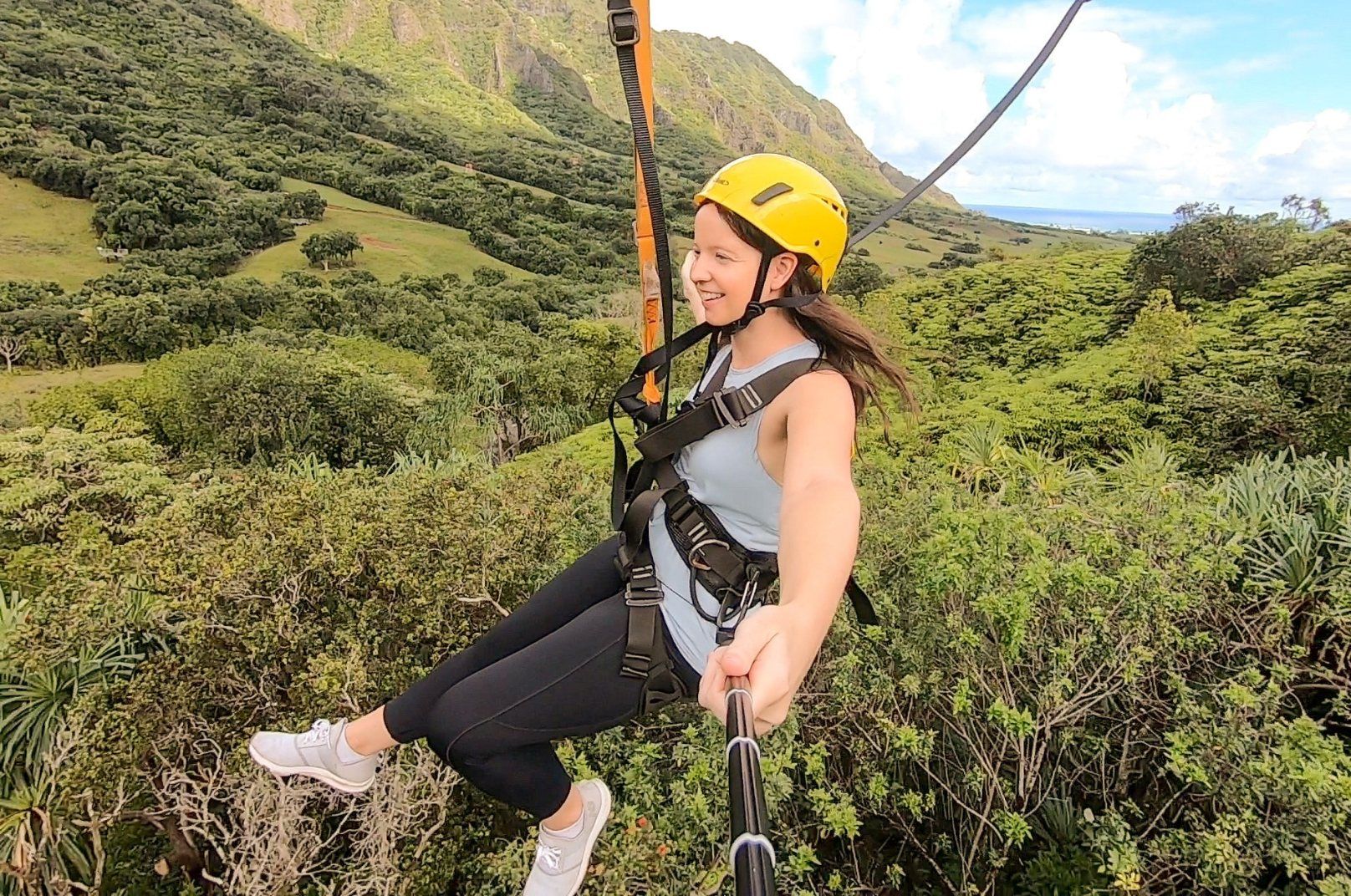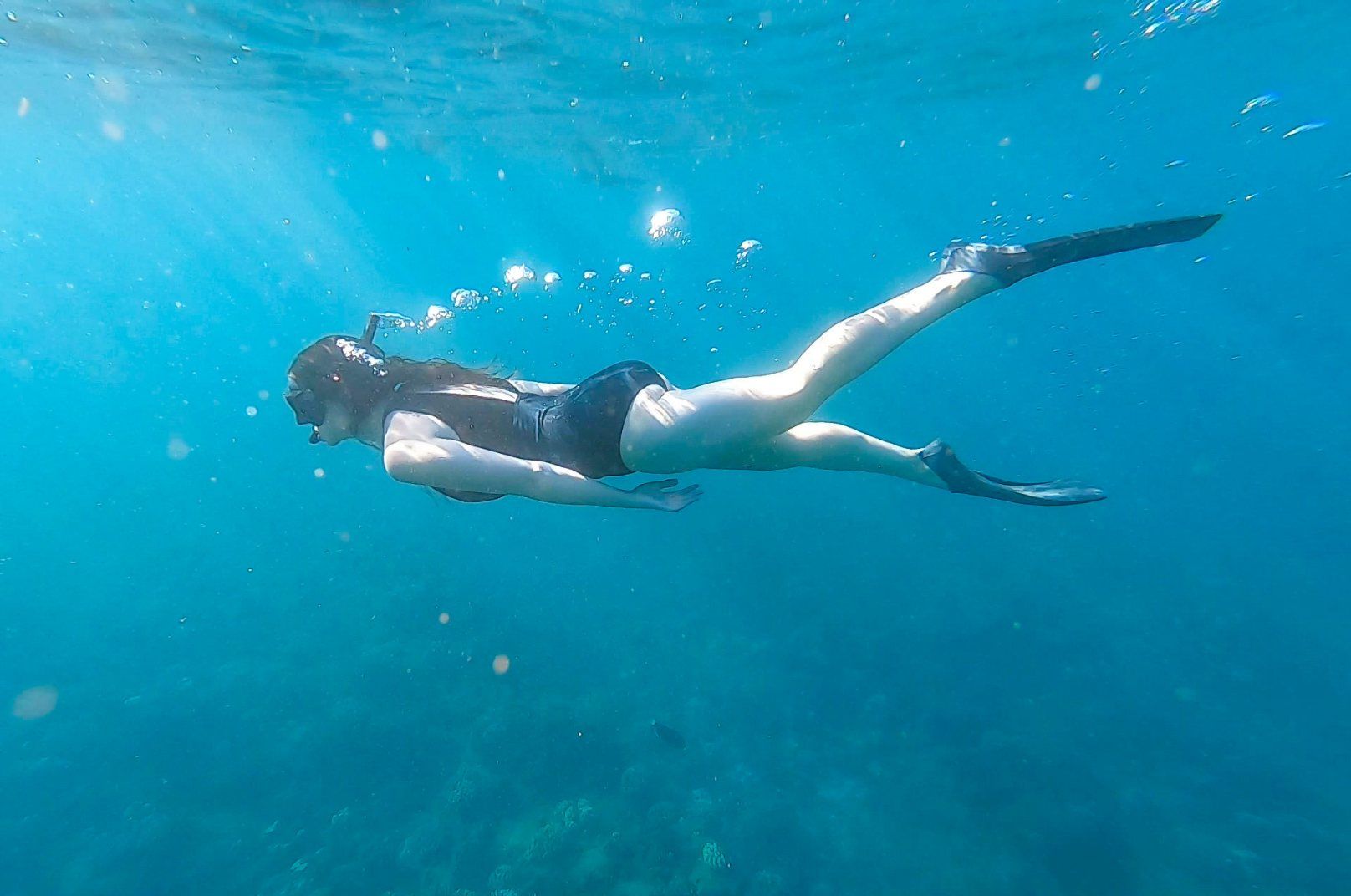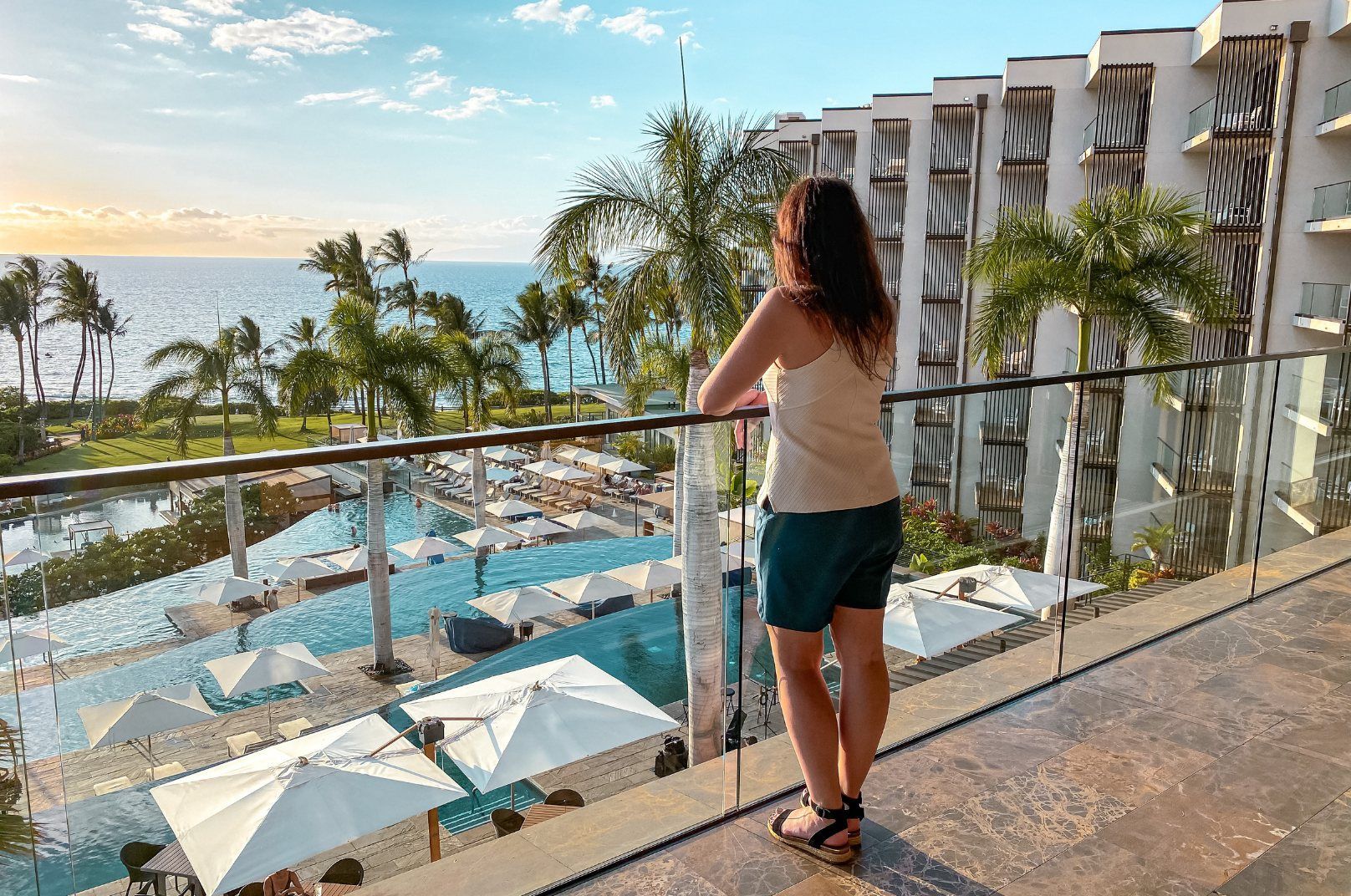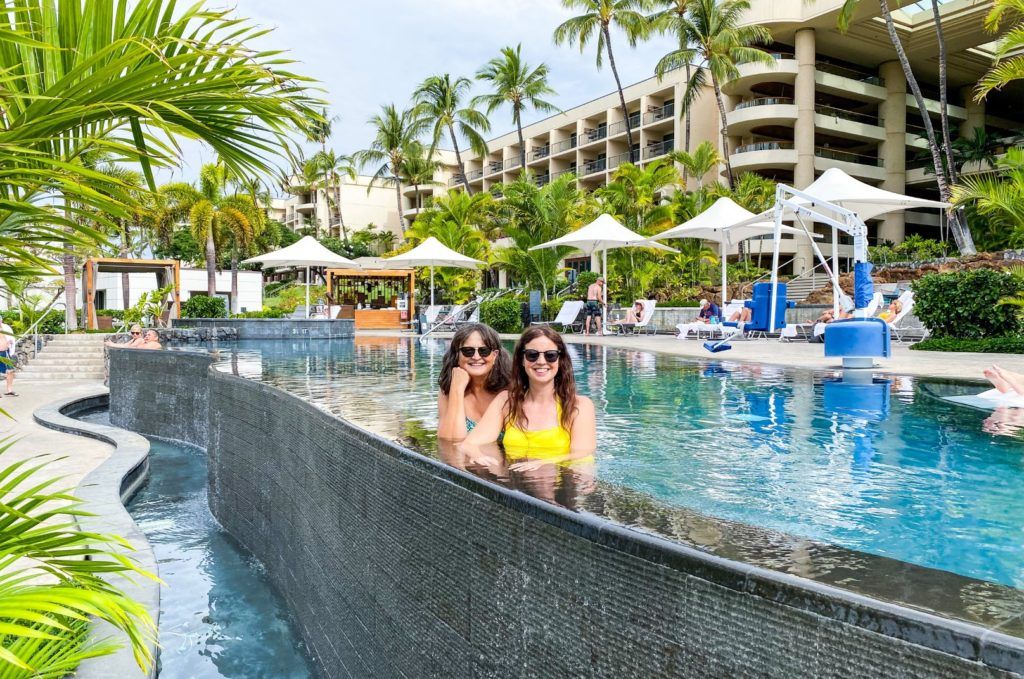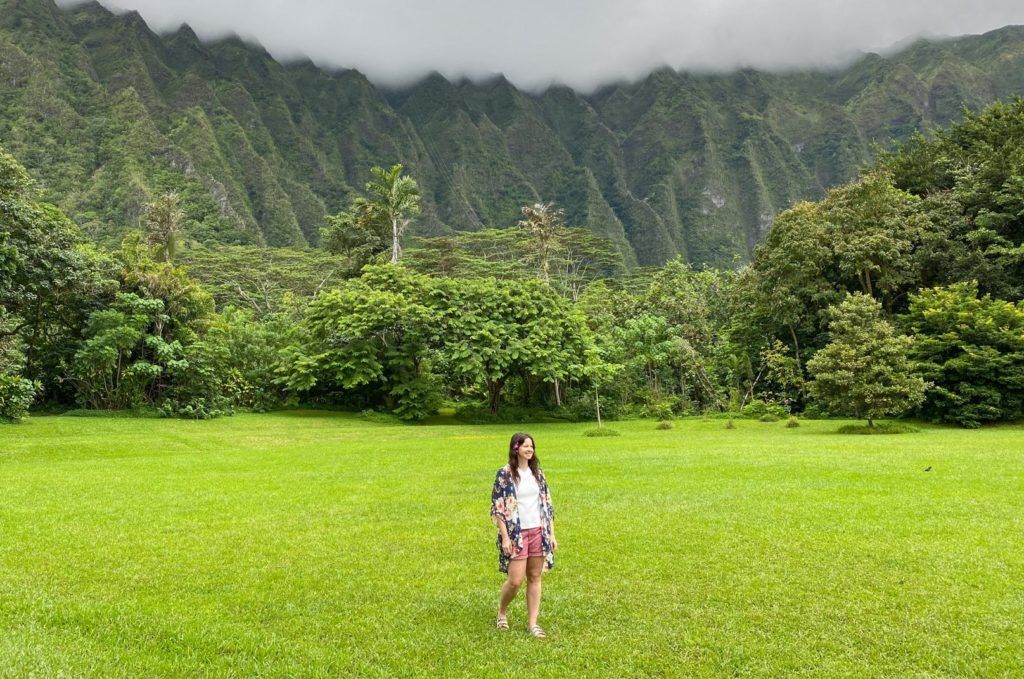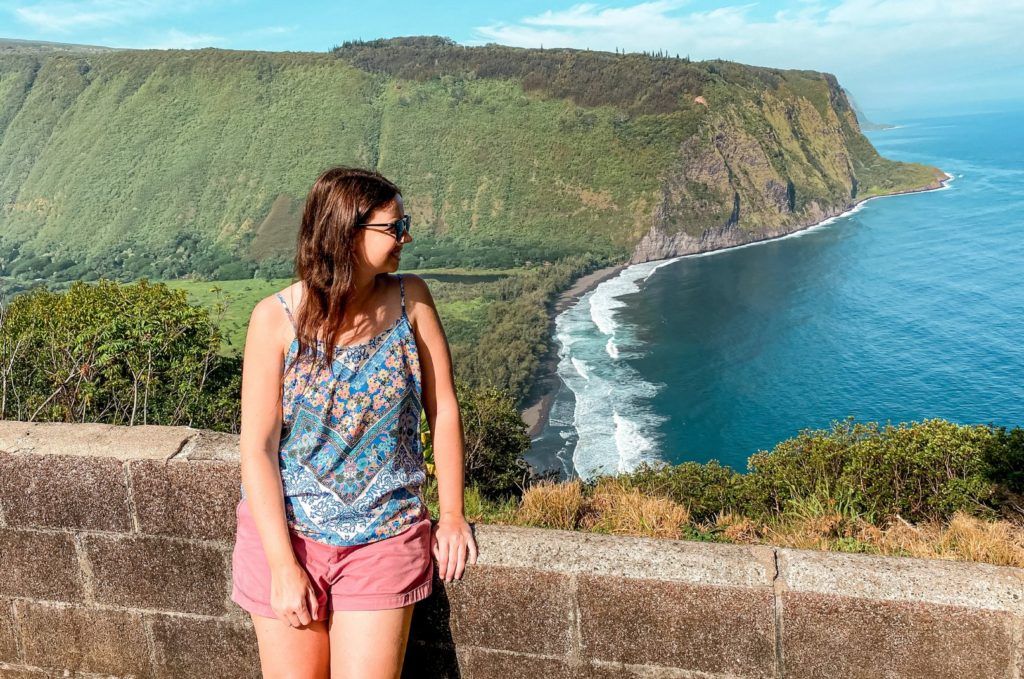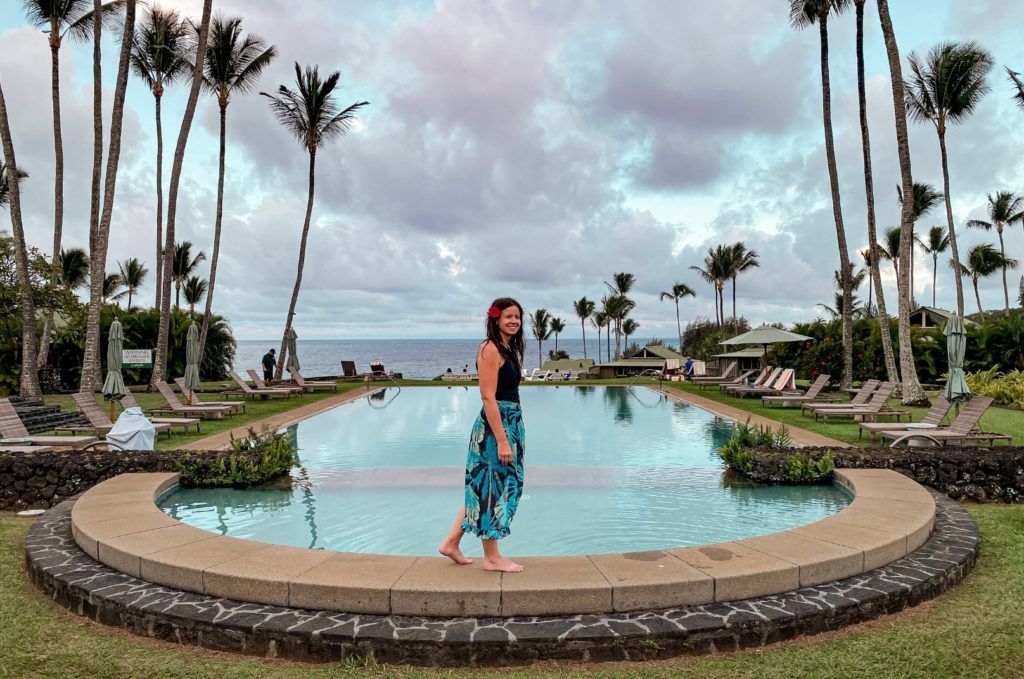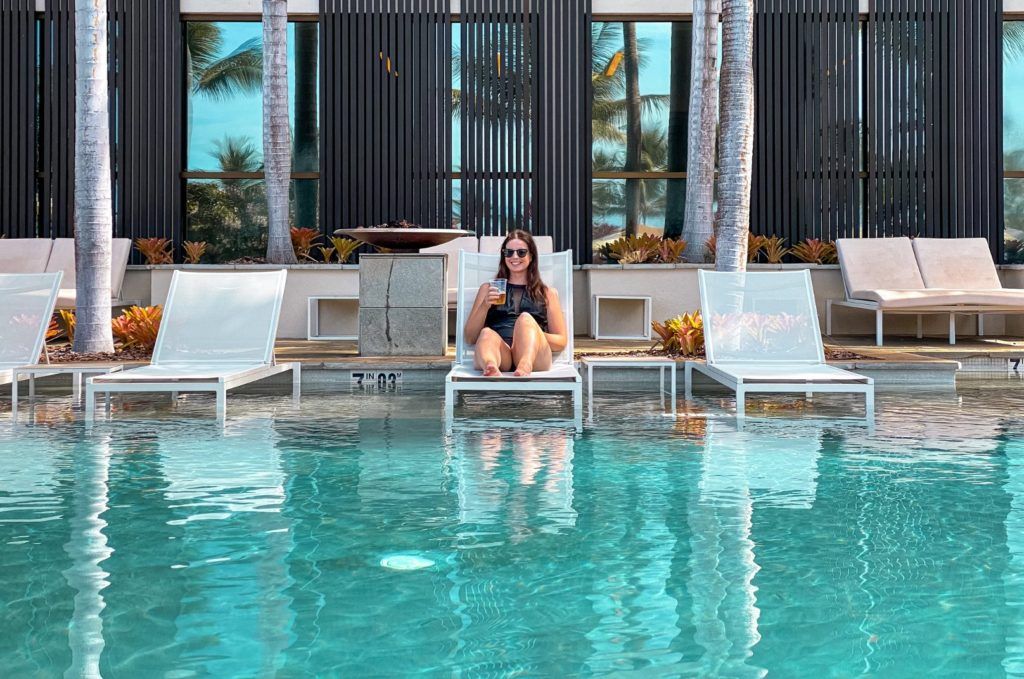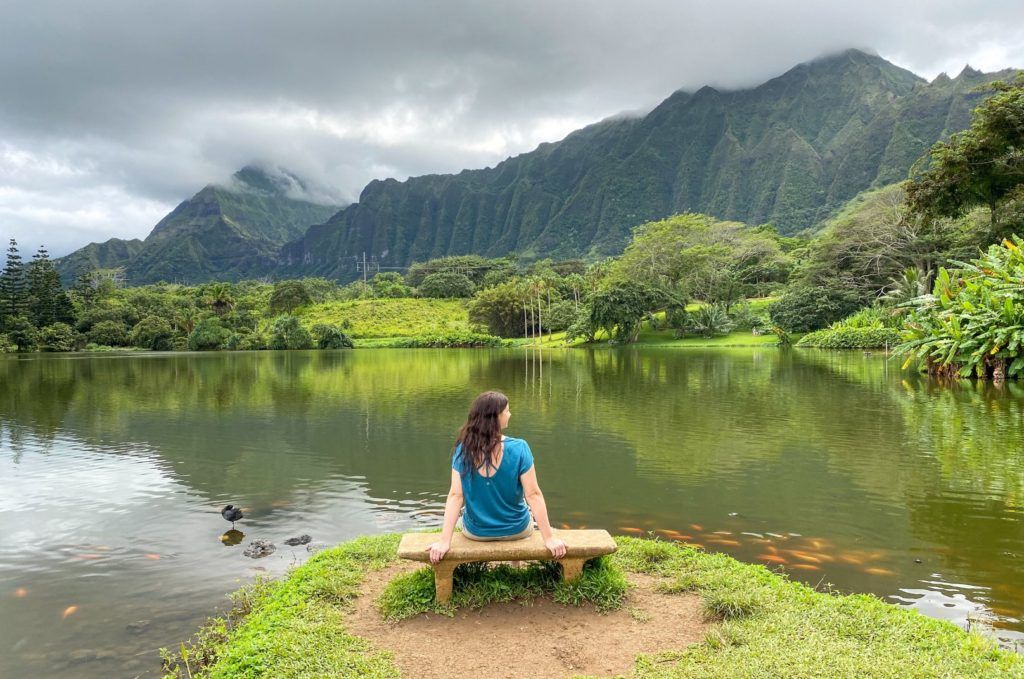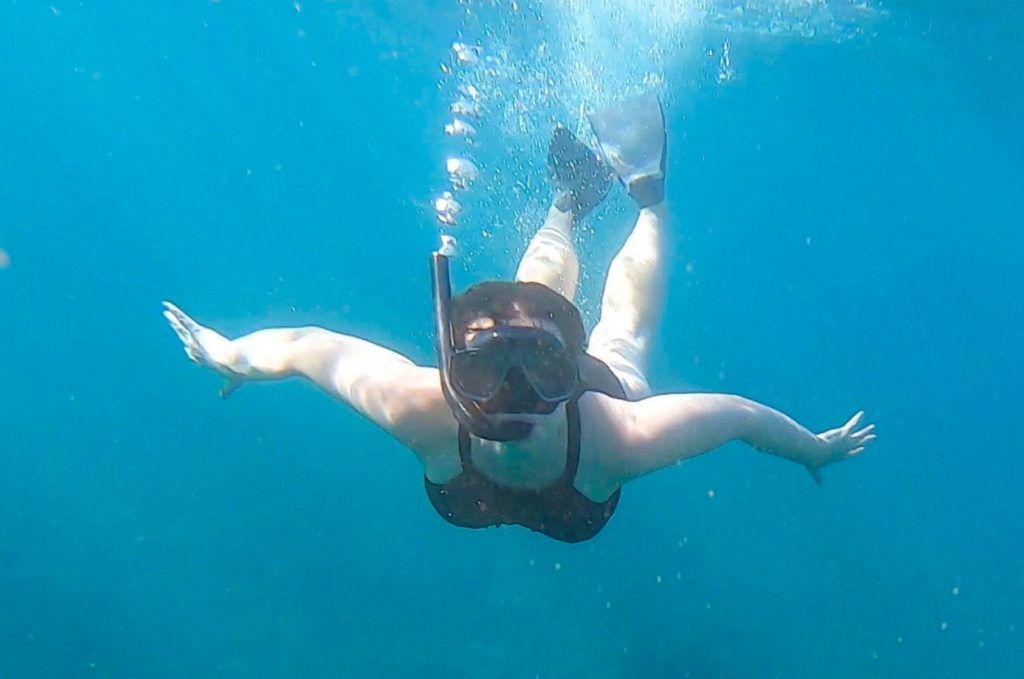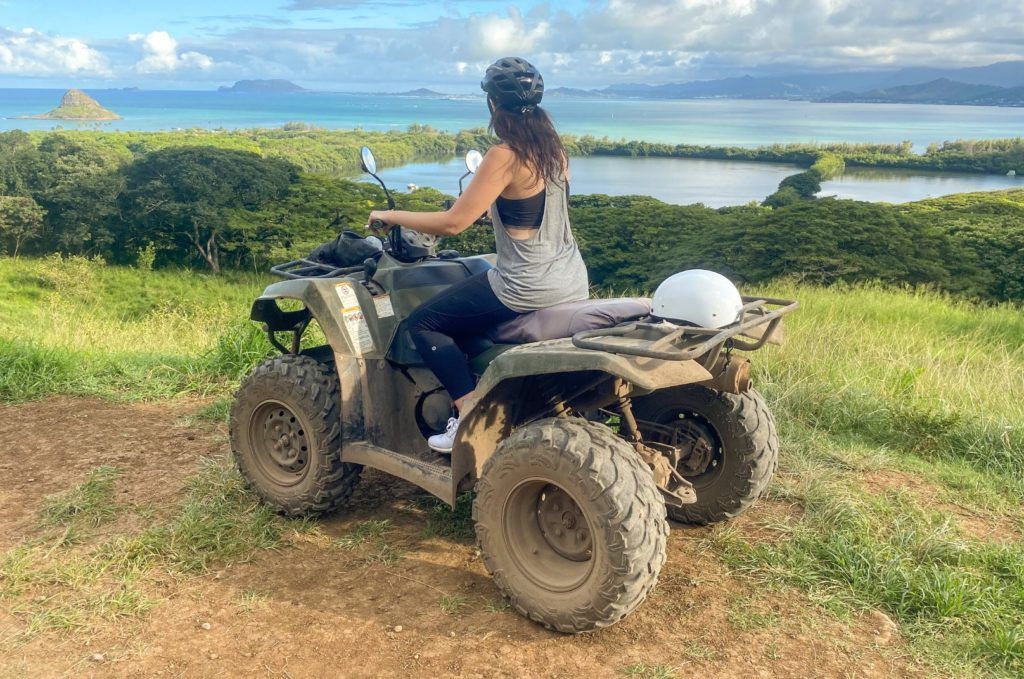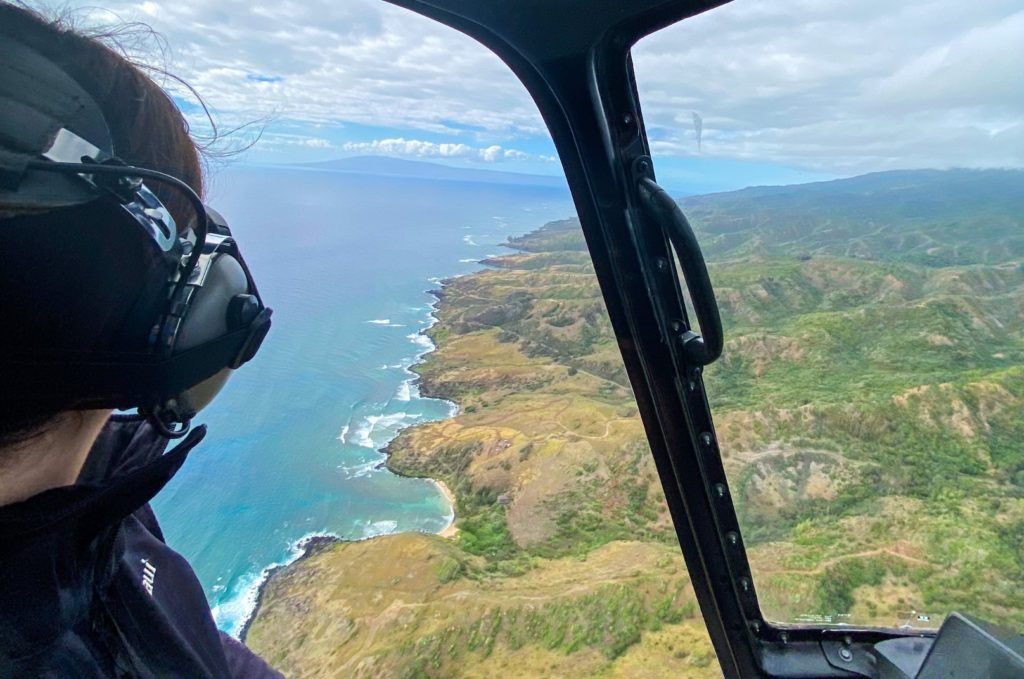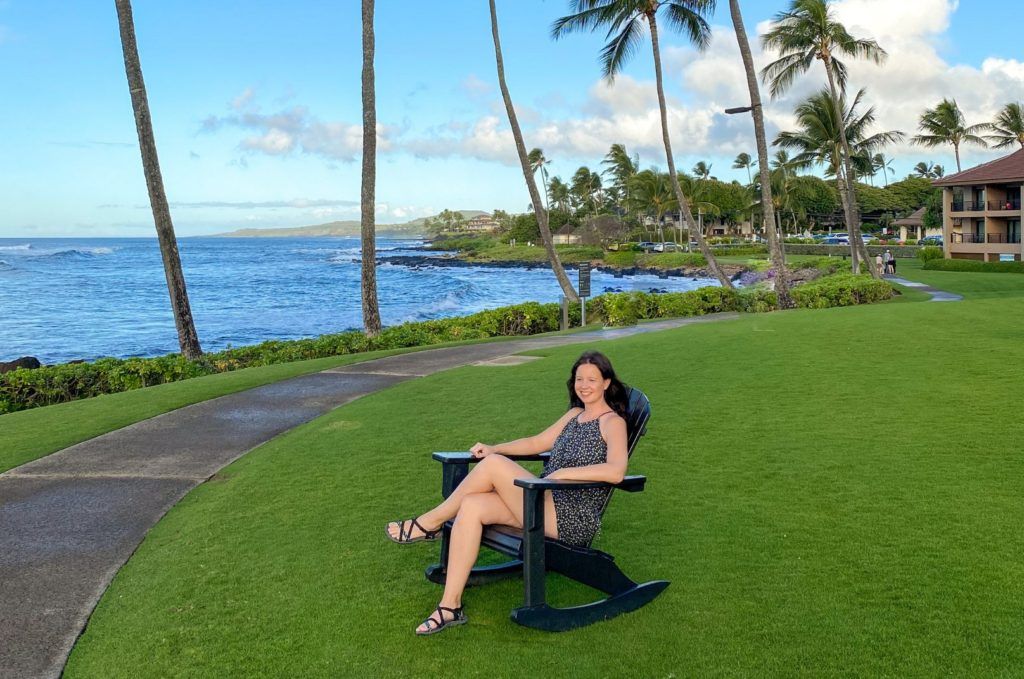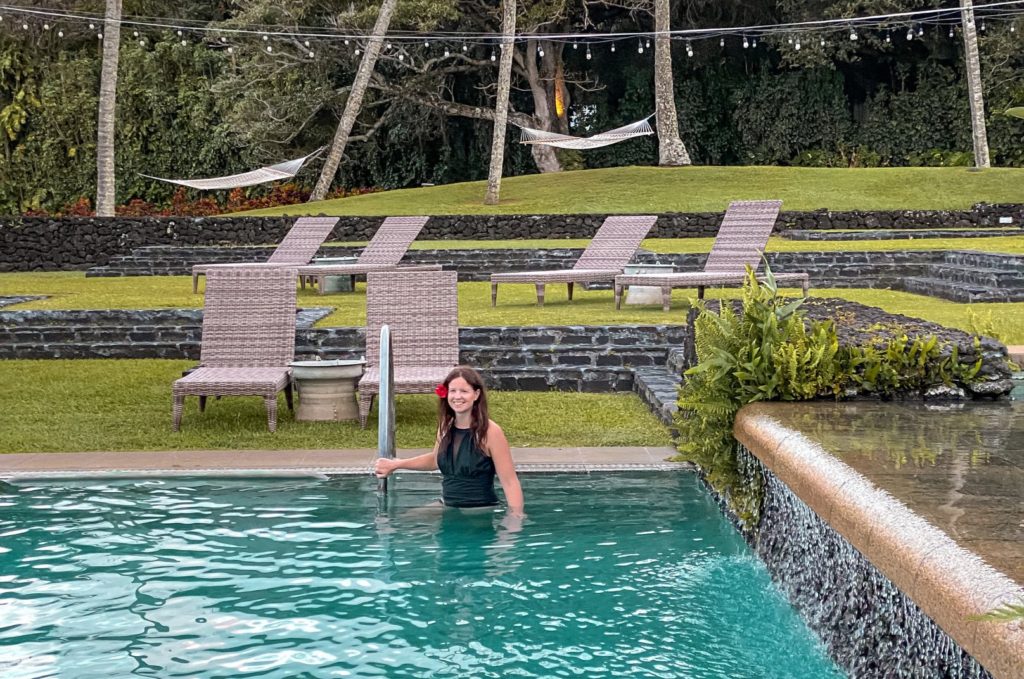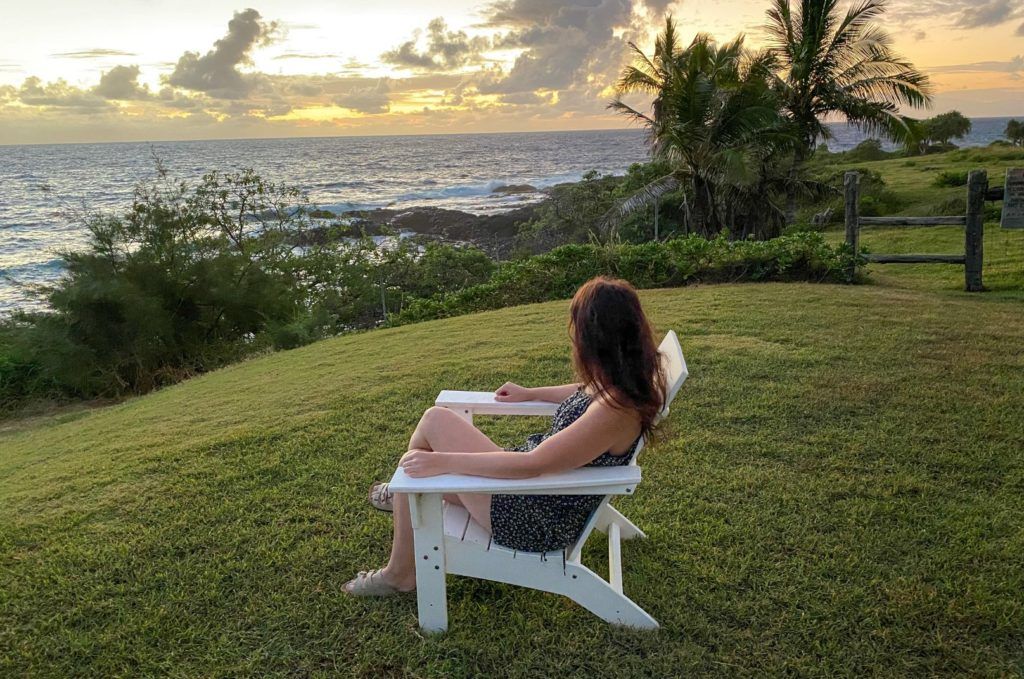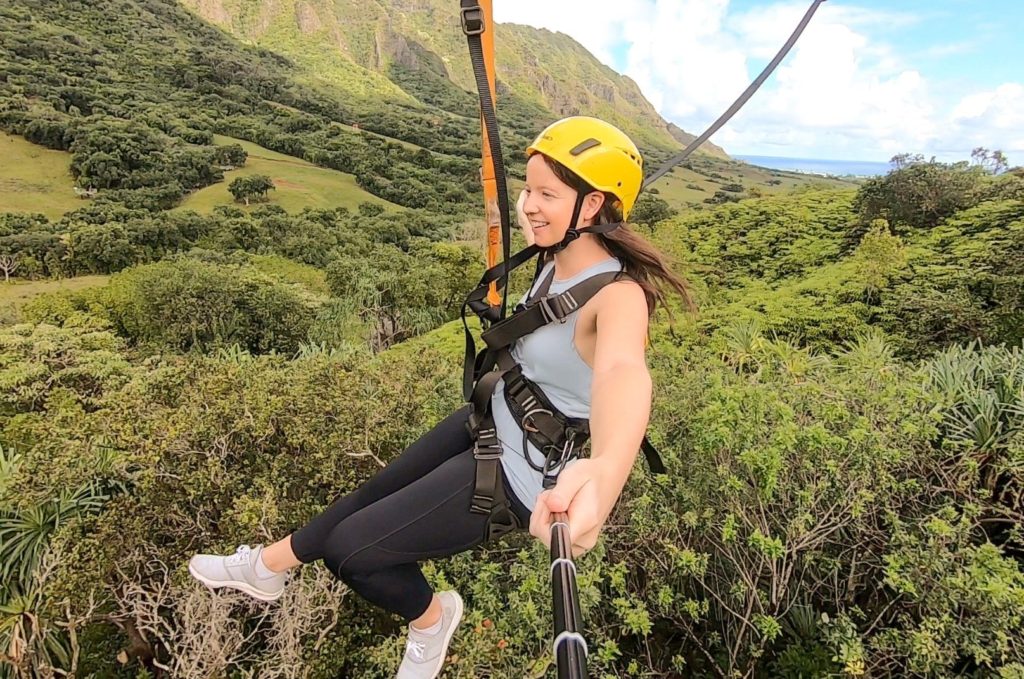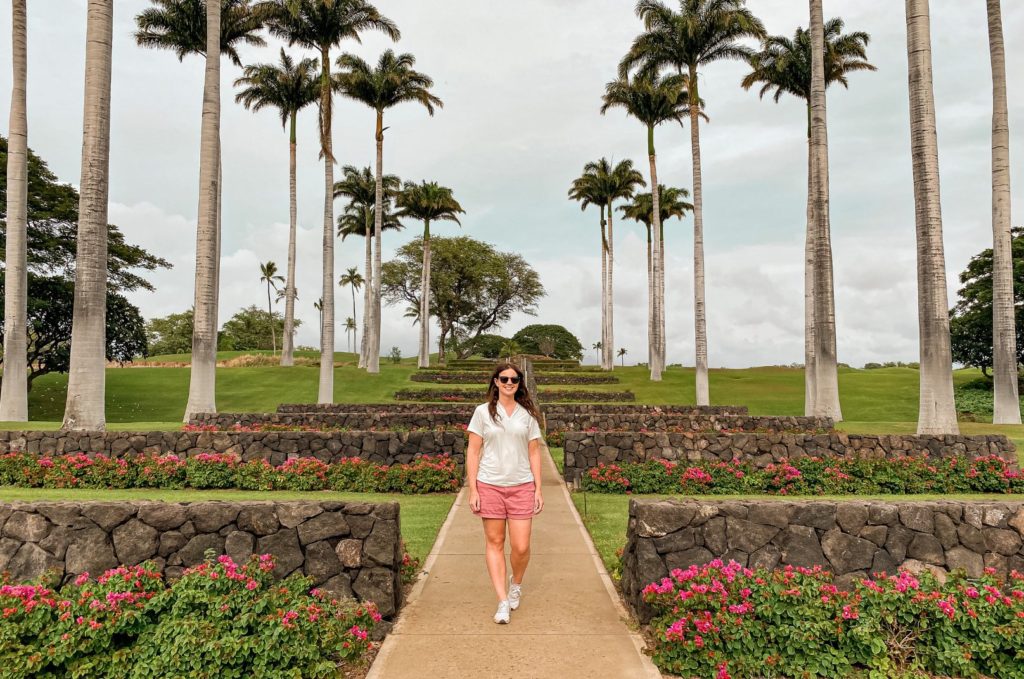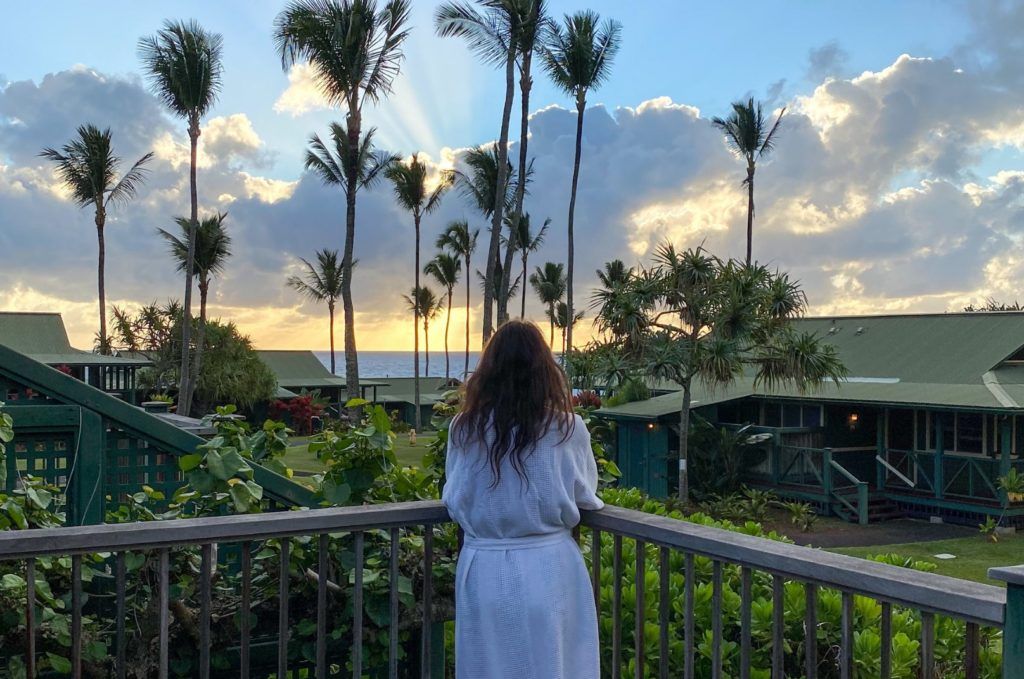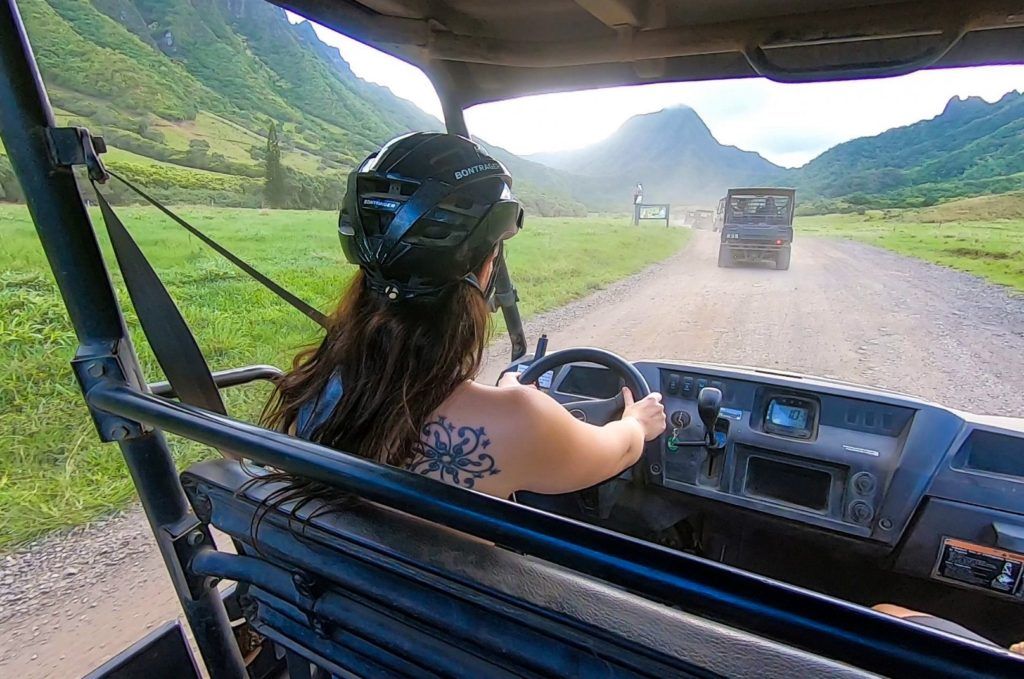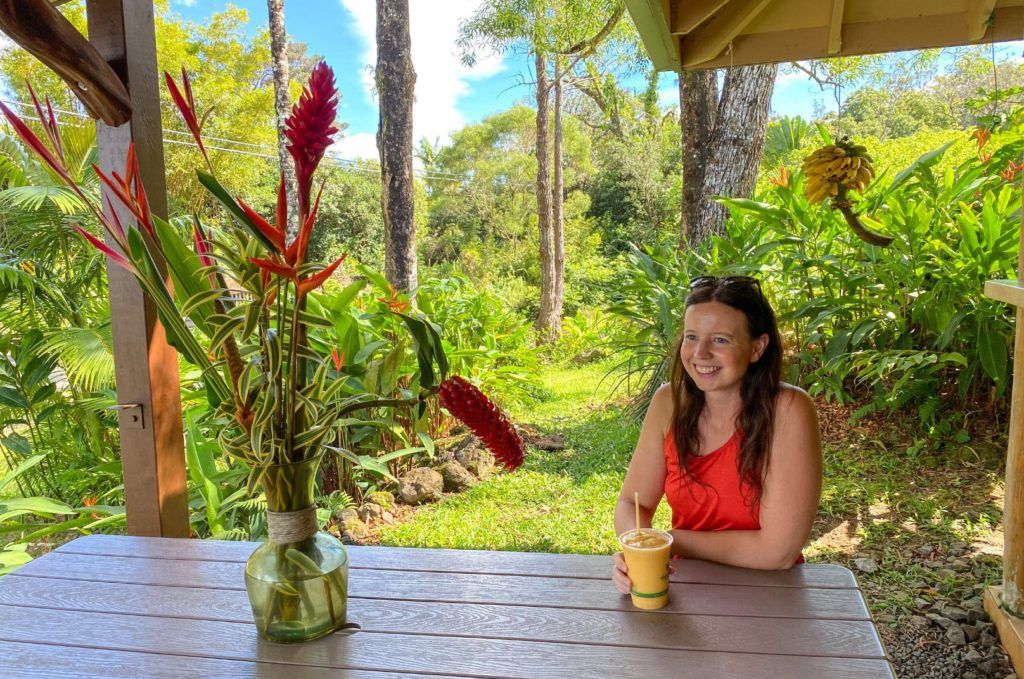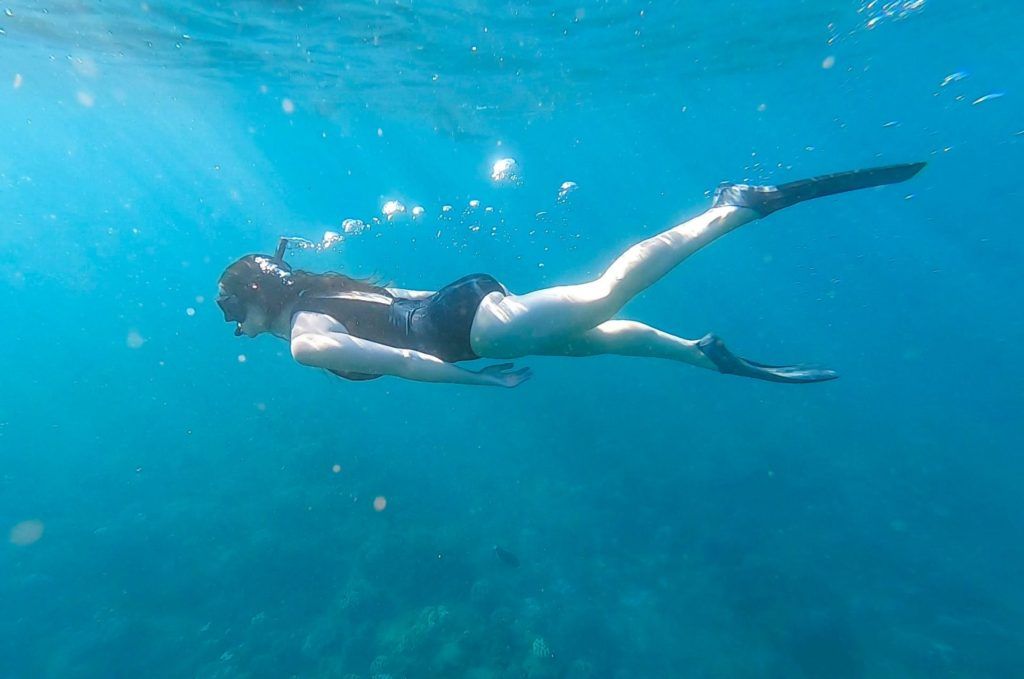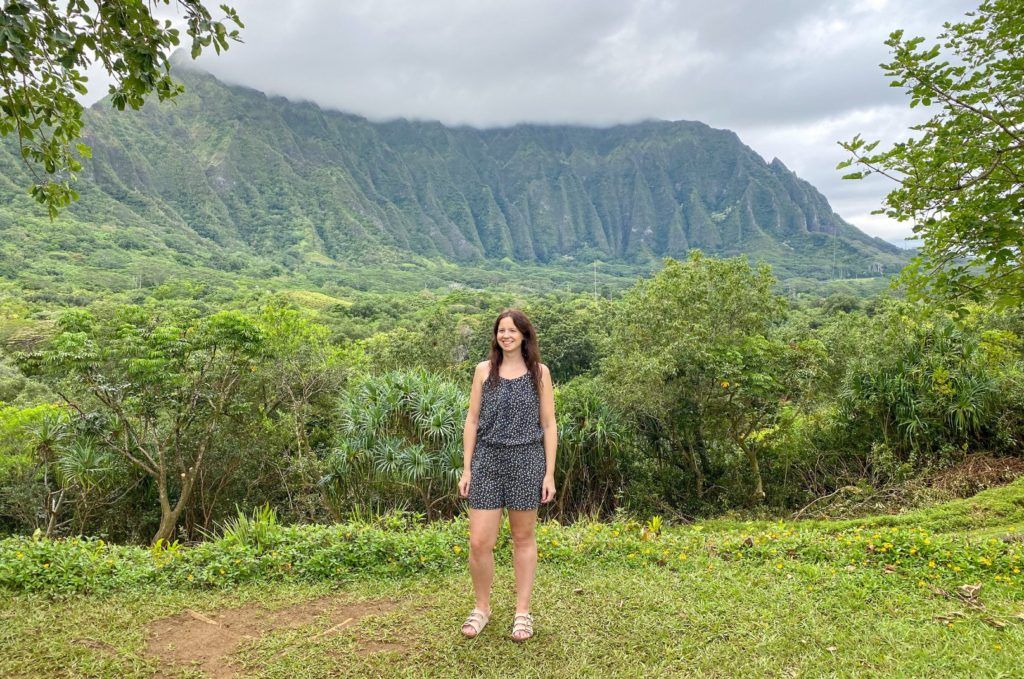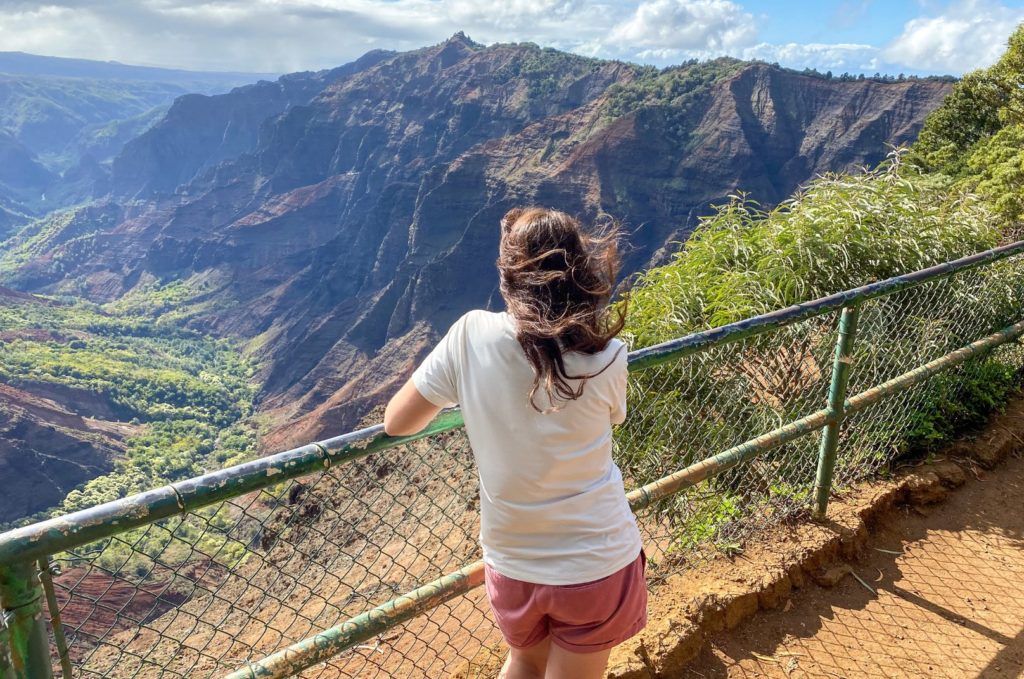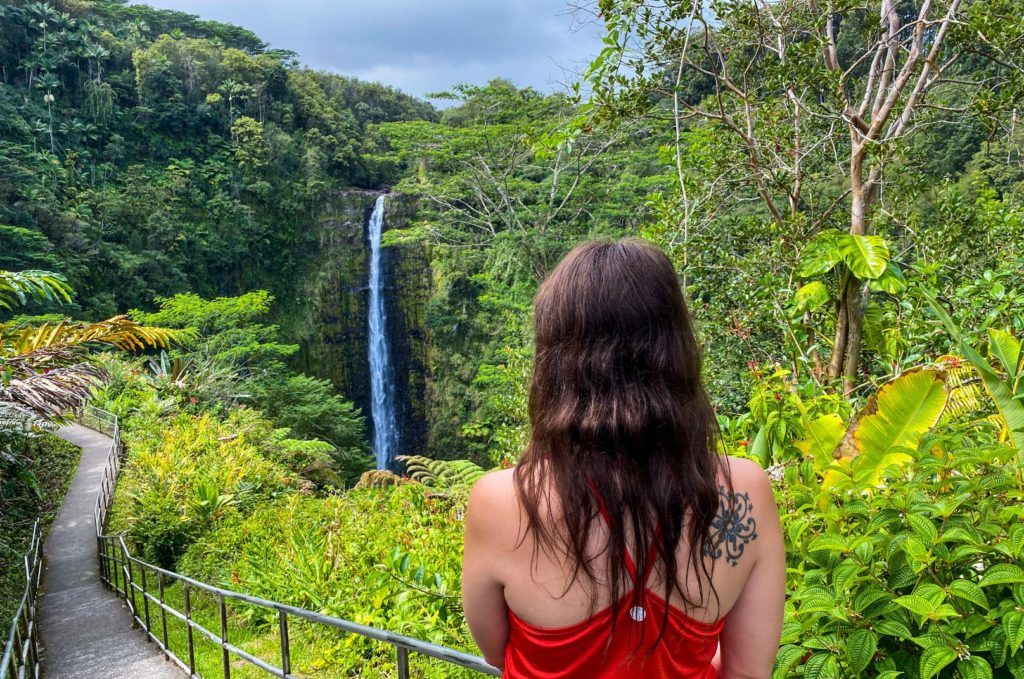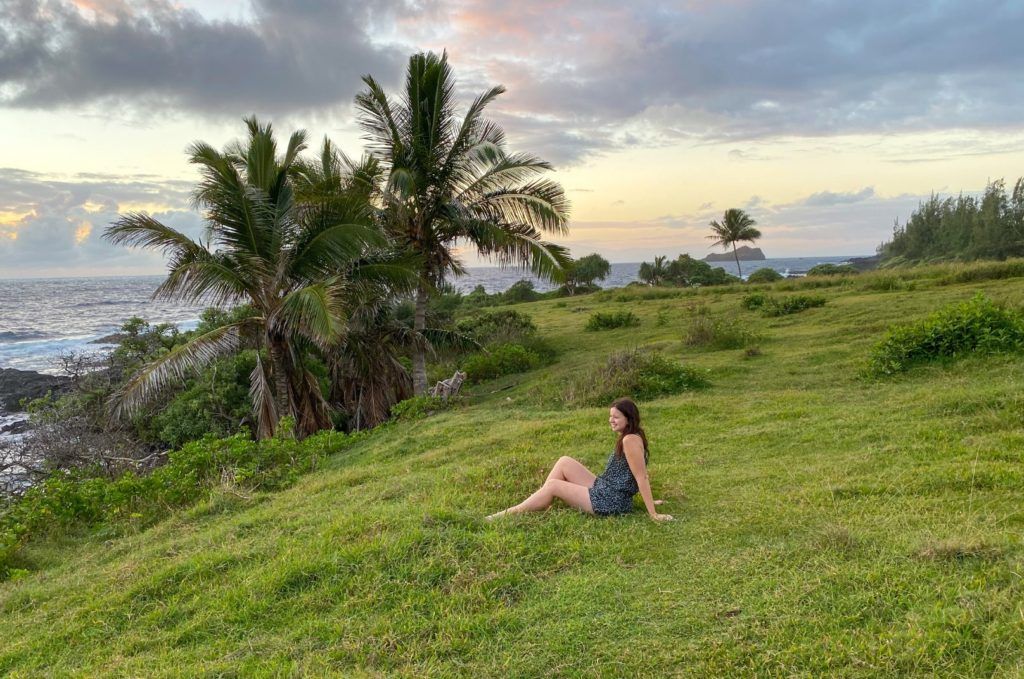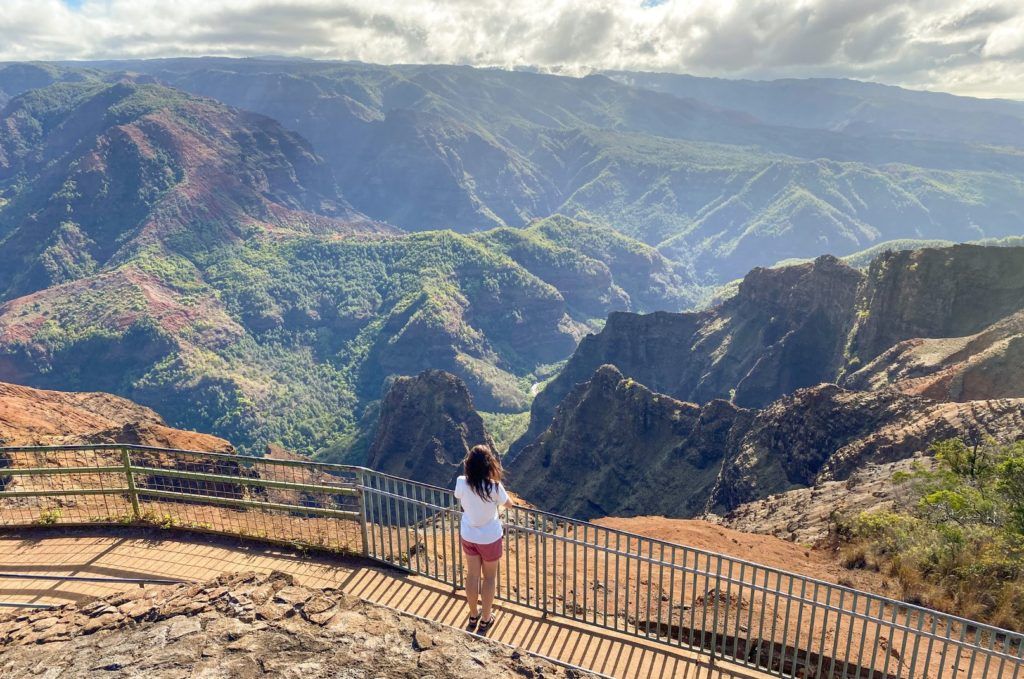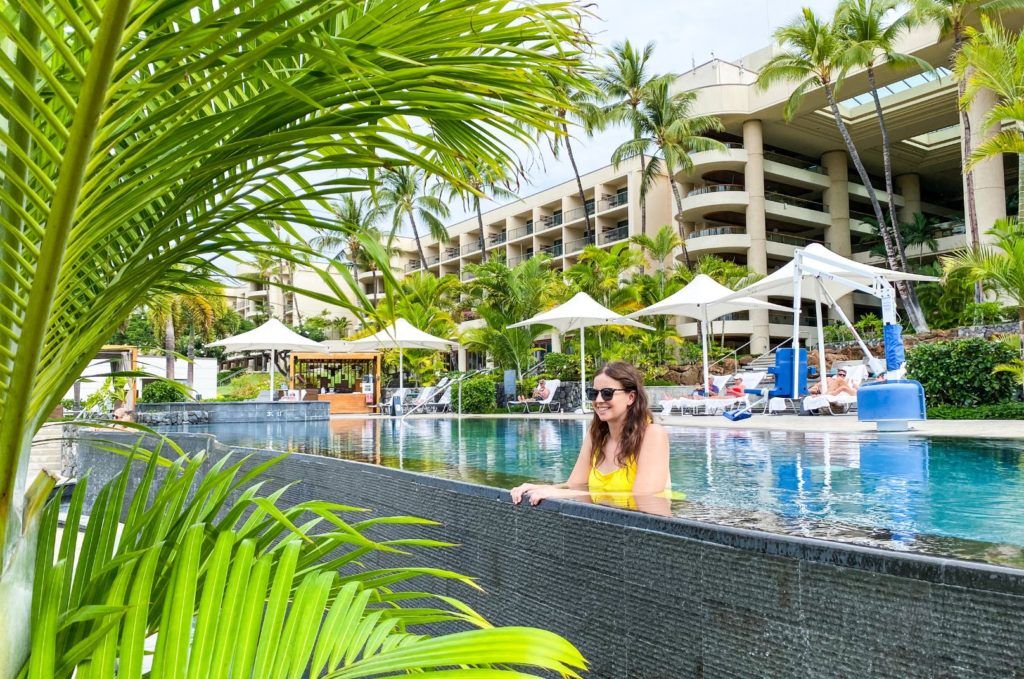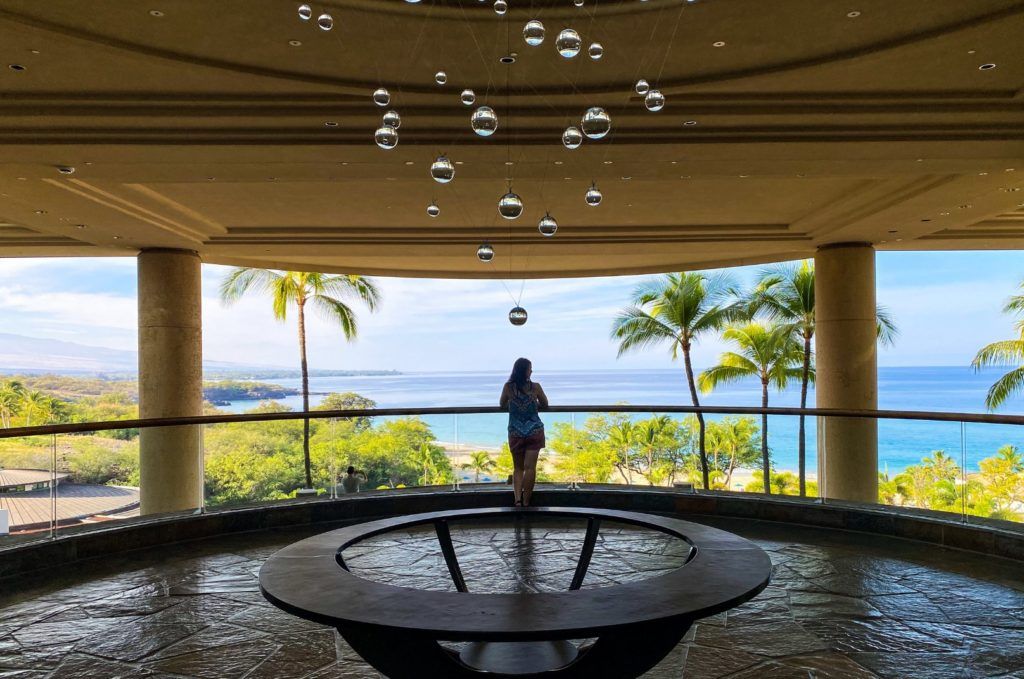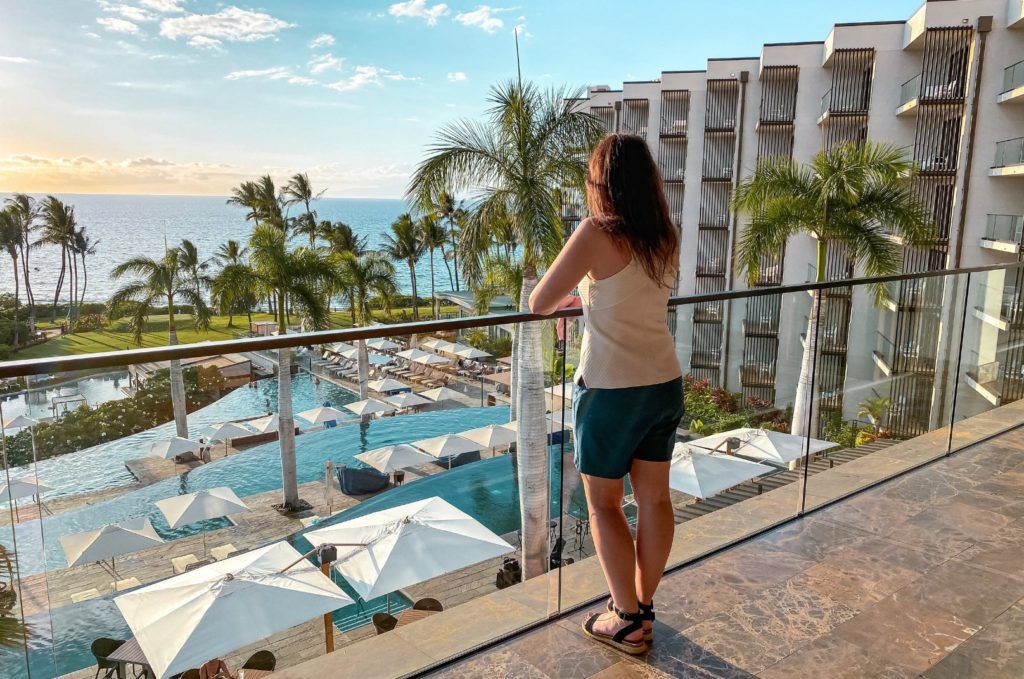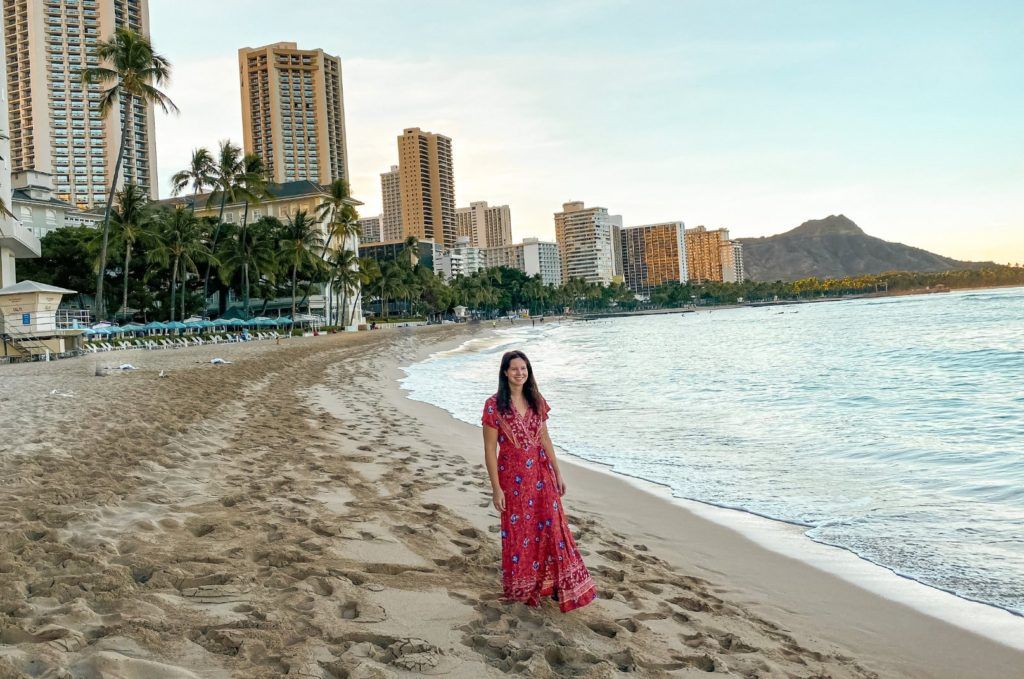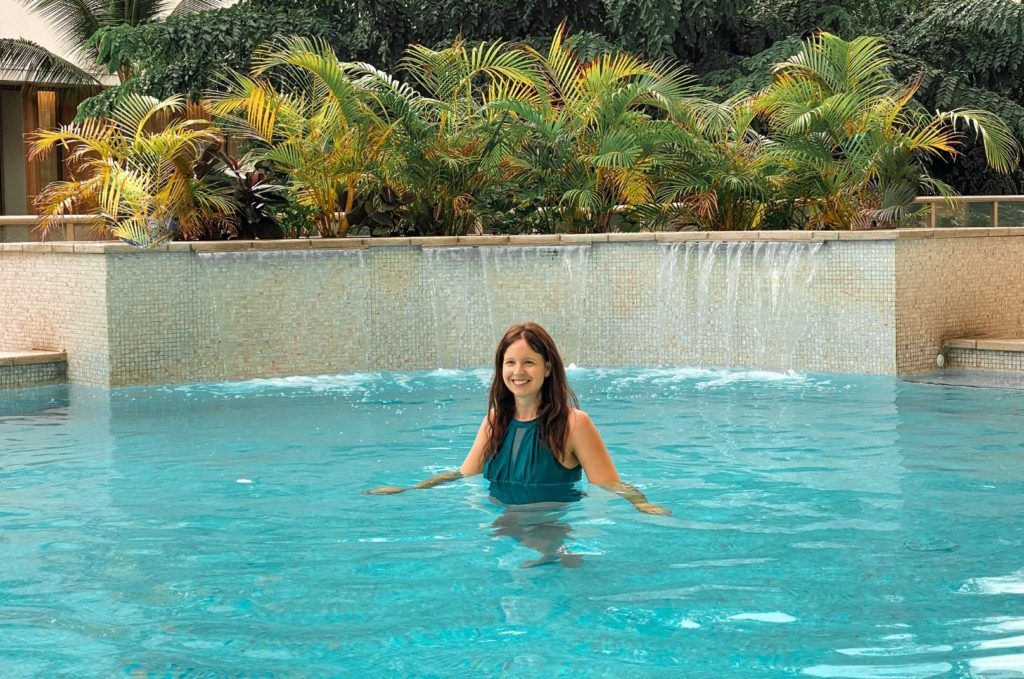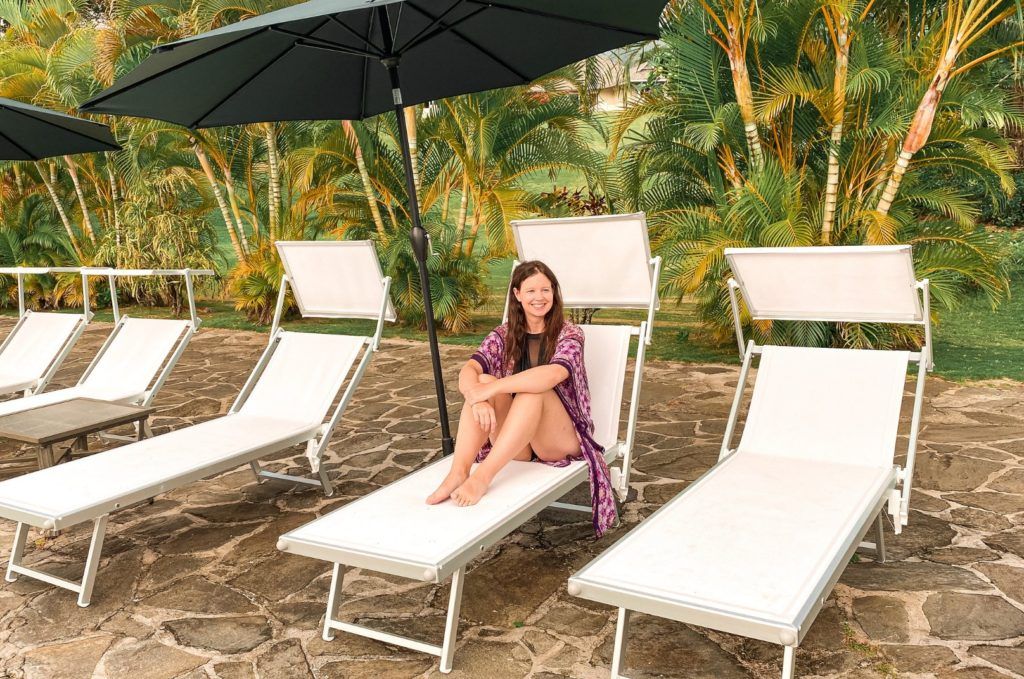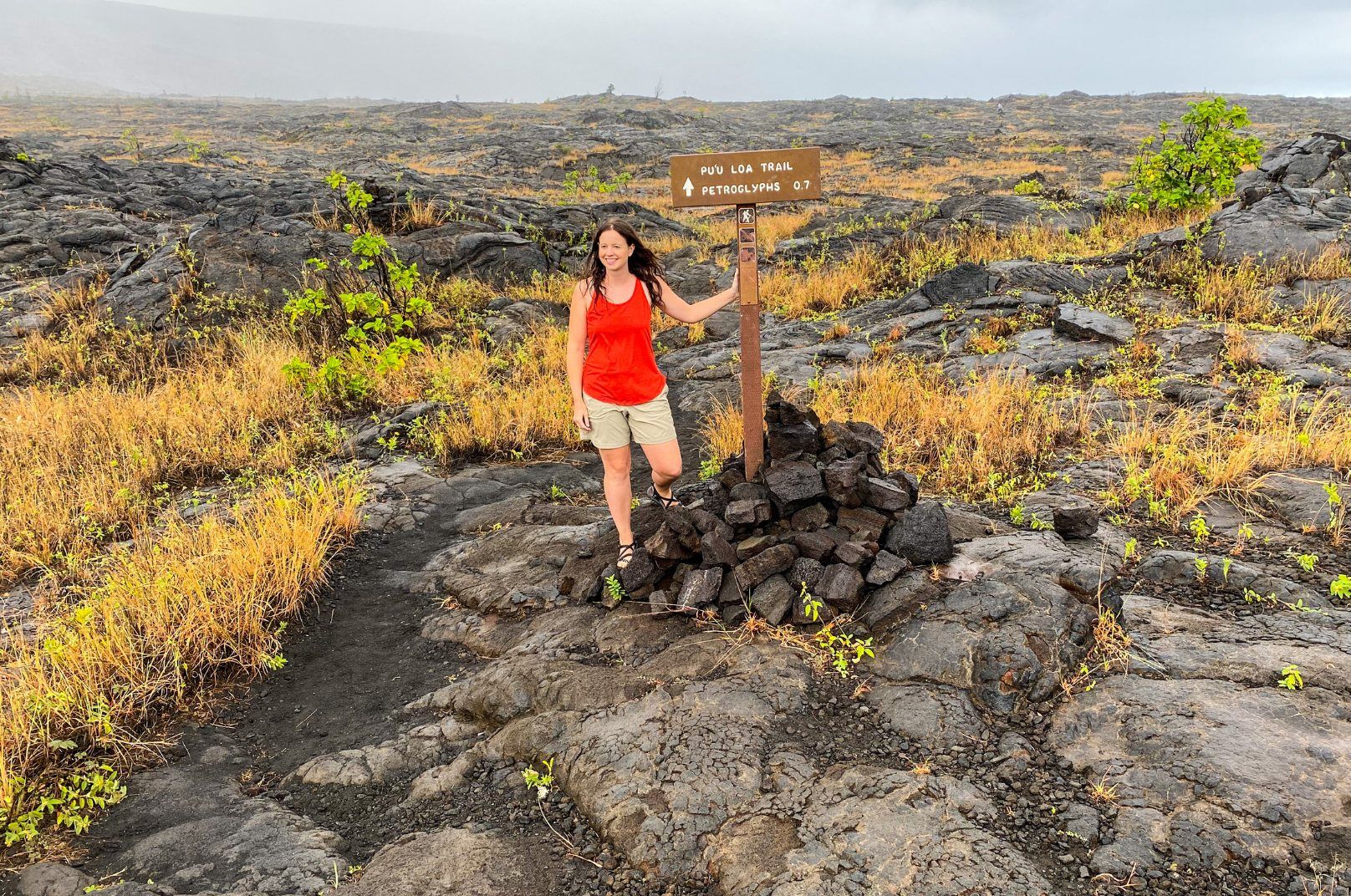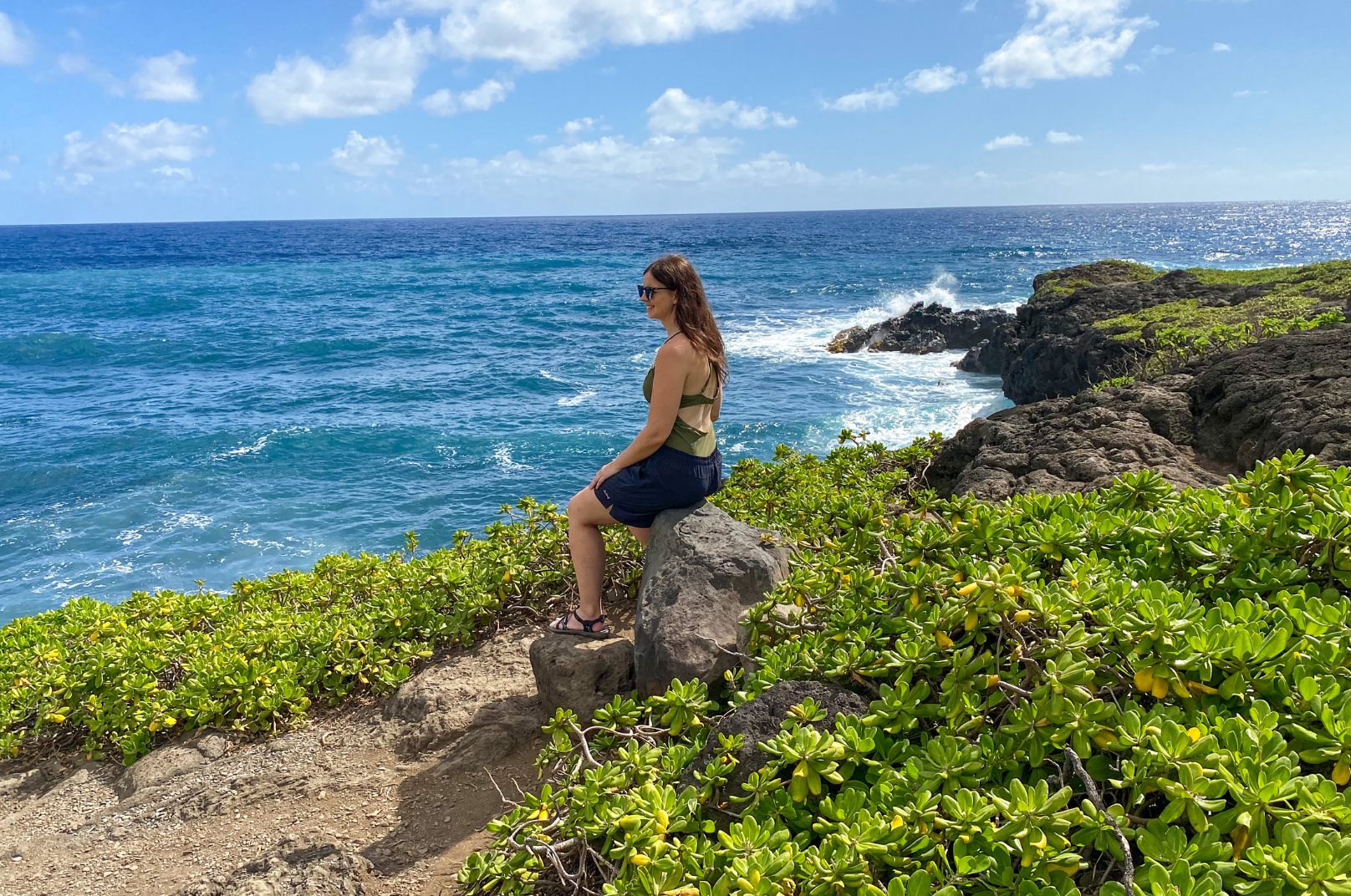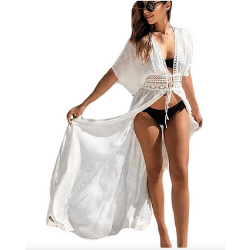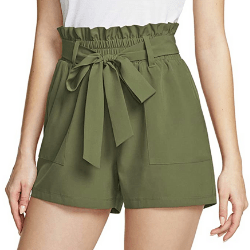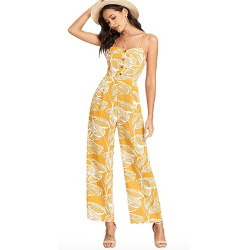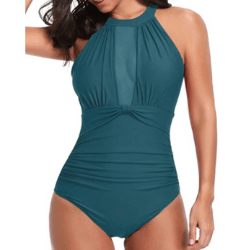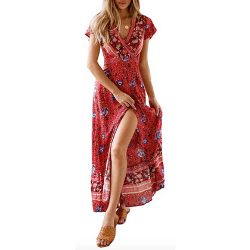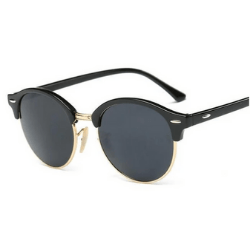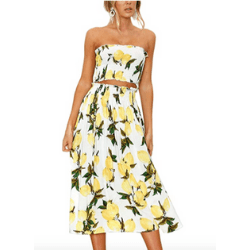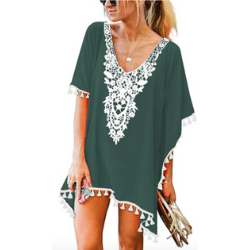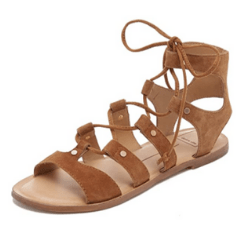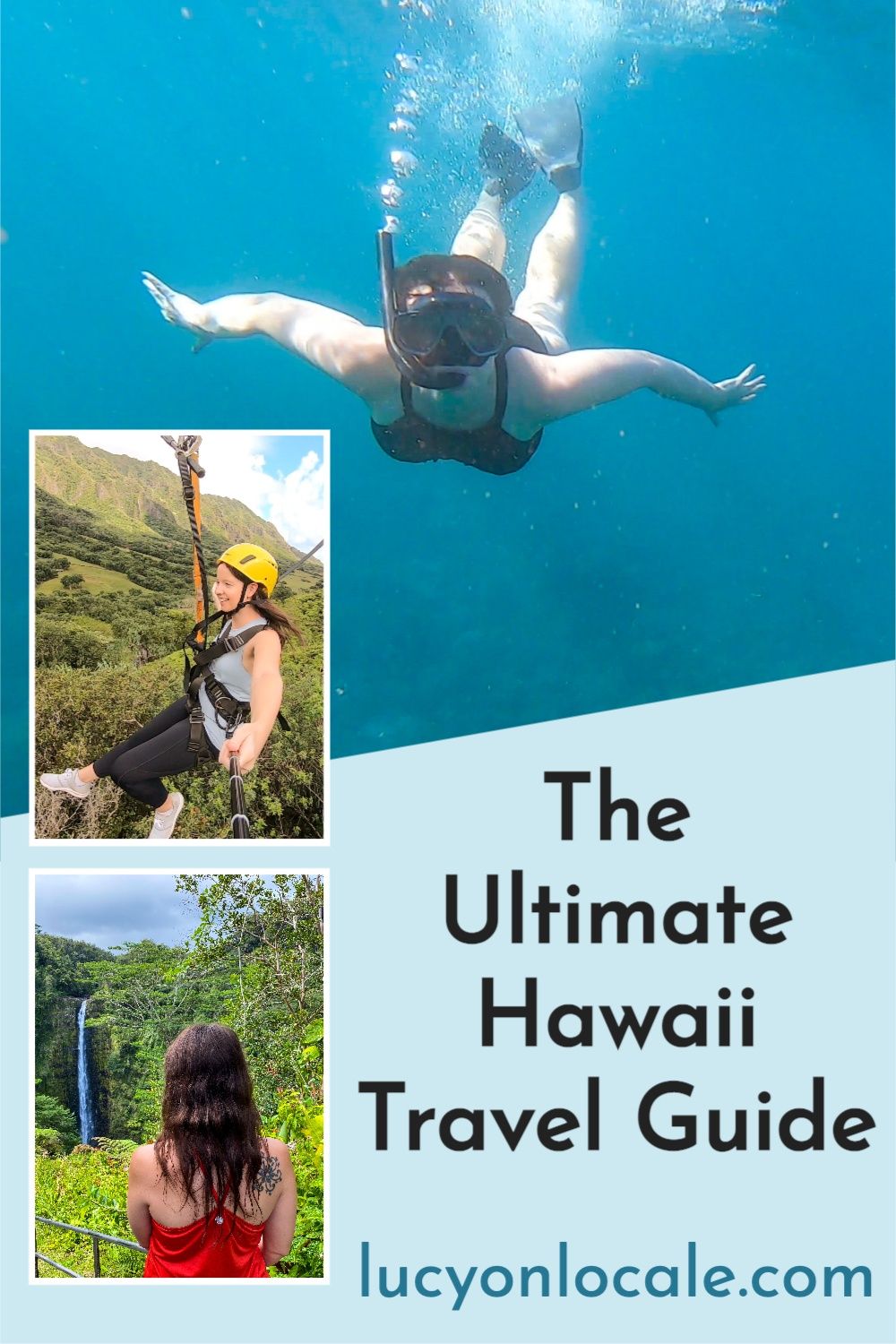Hawaii is one of the most popular destinations in the world. It’s home to lush jungles, stunning waterfalls, incredible national and state parks, and jaw-dropping coastlines. So whatever kind of adventure you want to have, this guide has everything you need for planning a trip to Hawaii!
Hawaii
Ready to plan your trip? Then here’s what you need to know for planning a trip to Hawaii!

Top Places To Visit
 Oahu: Waikiki Beach, the North Shore, Diamond Head, Kualoa Ranch, Ho’omaluhia Botanical Garden, Pearl Harbor.
Oahu: Waikiki Beach, the North Shore, Diamond Head, Kualoa Ranch, Ho’omaluhia Botanical Garden, Pearl Harbor.
 Kauai: Wailua Falls, Maha’ulepu Heritage Trail, the Nā Pali Coast, Wailua River, Waimea Canyon.
Kauai: Wailua Falls, Maha’ulepu Heritage Trail, the Nā Pali Coast, Wailua River, Waimea Canyon.
 Maui: Hana, Wai’anapanapa State Park, Haleakala National Park.
Maui: Hana, Wai’anapanapa State Park, Haleakala National Park.
 Hawai’i (Big Island): Hapuna Beach, Hawaii Volcanoes National Park, Akaka Falls, Rainbow Falls, Waipi’o Valley.
Hawai’i (Big Island): Hapuna Beach, Hawaii Volcanoes National Park, Akaka Falls, Rainbow Falls, Waipi’o Valley.

When To Go
Hawaii is made up of micro-climates, so the weather varies significantly from island to island and from one side of an island to the other. The year-round warm weather (rarely going below the mid-70s or above the mid-80s) means Hawaii is a great destination any time of the year. So Hawaii doesn’t have an off-season.
April – September is the most popular time to visit Hawaii because these are the warmest and driest months. The ocean is calmer, giving you access to more water activities with better sailing conditions. Be prepared to pay the highest prices during these months. The islands will also be crowded, so book accommodation, tours, and rental cars in advance.
The weather in Hawaii is marginally cooler from October – March, and these are the wettest months of the year. Pro Tip: the islands’ west coasts are significantly drier than their east coasts.
October – March is whale-watching season, and the crowds and prices will be lower (though not significantly). These months have some of the largest swells of the year, so surfers will swarm the beaches.

What To Bring
Hawaii’s climate and culture mean the dress code is very casual. Many visitors to the islands never change out of their swimsuits and sandals. You’ll want a sarong or cover-up for your swimsuit when shopping, dining, or riding in a taxi. And men should always wear a shirt inside.
Bring fast-drying clothes and shoes. If you’re doing any hiking, bring moisture-wicking and UV-protected clothes. For boat tours, bring a hat with a neck strap to keep it from blowing away, and have a strap for your sunglasses.
You’ll also want a lightweight rain jacket. If you’re going to visit Hawaii’s national parks or one of the higher-altitude volcanoes, you’ll want long pants and a jacket.
In addition to your usual travel essentials, you’ll want these items:
Bags for your wet and sandy shoes and clothes. If you’re visiting one of the public beaches, there usually aren’t showers for rinsing off. So always have a bag handy for wet and sandy clothes.
Electrical outlets in Hawaii are Types A and B. So if you’re from the U.S., you won’t need an outlet adaptor. But British, European, and other travelers will need an adaptor.
Sun protection. The sunshine is gorgeous but brutal in Hawaii, and you’ll usually find that there’s minimal shade on the beaches. So bring sunglasses, sunscreen for your skin and lips, a hat, and UV-protected shirts.

Incredible Vacation Homes & Hotels

National and State Parks to Visit
 Diamond Head State Monument, Oahu
Diamond Head State Monument, Oahu
 Haleakala National Park, Maui
Haleakala National Park, Maui
 Hawaii Volcanoes National Park, Hawai’i (Big Island)
Hawaii Volcanoes National Park, Hawai’i (Big Island)
 Heʻeia State Park, Oahu
Heʻeia State Park, Oahu
 ʻĪao Valley State Park, Maui
ʻĪao Valley State Park, Maui
 Nā Pali Coast State Wilderness Park, Kauai
Nā Pali Coast State Wilderness Park, Kauai
 Waianapanapa State Park, Maui
Waianapanapa State Park, Maui
 Waimea Canyon State Park, Kauai
Waimea Canyon State Park, Kauai

Getting Around
The best way to island-hop in Hawaii is to fly, and Hawaiian Airlines usually has the cheapest rates and the most flights. You could all take an inter-island cruise, but please ensure you only use sustainable cruise companies.
If you’re staying in a vacation home on any of the islands, then you’ll want to rent a car.
If you’re staying at a resort and planning on leaving your hotel, then a car is essential on all the Hawaiian islands. You can hire a driver, and taxis and rideshares are common, but these are expensive. You can also book guided tours that include transportation to and from your activity.
If you’re going to leave your resort more than a couple of times during your trip, you’ll probably save money by renting a car. Plus, renting a car gives you flexibility and the freedom to set your own itinerary.

Scenic Drives
 Chain of Craters Road, Hawai’i (Big Island)
Chain of Craters Road, Hawai’i (Big Island)
 Garden of the Gods, Lanai
Garden of the Gods, Lanai
 Hamakua Coast, Hawai’i (Big Island)
Hamakua Coast, Hawai’i (Big Island)
 Kamehameha Highway, Oahu
Kamehameha Highway, Oahu
 Road to Hana, Maui
Road to Hana, Maui
 Route 560, North Shore of Kauai
Route 560, North Shore of Kauai
 Summit road to Mount Haleakala, Maui
Summit road to Mount Haleakala, Maui
 Waimea Canyon Drive, Kauai
Waimea Canyon Drive, Kauai

Travel Essentials

Have you been to Hawaii? Comment below with anything you’d add to this guide for planning a trip to Hawaii!

Explore The U.S. By Region


Frequently Asked Questions
Is it worth island hopping in Hawaii?
Yes! You’ll want to visit Oahu, Maui, Kauai, and the Big Island! The best way to island-hop in Hawaii is to fly. Hawaiian Airlines usually has the cheapest rates and the most flights. You could all take an inter-island cruise, but please ensure you only use sustainable cruise companies.
What is the best time of year to go to Hawaii?
Hawaii is made up of micro-climates, so the weather varies significantly from island to island and from one side of an island to the other. The year-round warm weather (rarely going below the mid-70s or above the mid-80s) means Hawaii is a great destination any time of the year. So Hawaii doesn’t have an off-season.
April – September is the most popular time to visit Hawaii because these are the warmest and driest months. The ocean is calmer, giving you access to more water activities with better sailing conditions. Be prepared to pay the highest prices during these months. The islands will also be crowded, so book accommodation, tours, and rental cars in advance.
The weather in Hawaii is marginally cooler from October – March, and these are the wettest months of the year. Pro Tip: the islands’ west coasts are significantly drier than their east coasts.
October – March is whale-watching season, and the crowds and prices will be lower (though not significantly). These months have some of the largest swells of the year, so surfers will swarm the beaches.
Where should I stay in Hawaii for the first time?
You can’t go wrong with any of the four main Hawaiian islands, so here are the best things to do on each!
Oahu: Waikiki Beach, the North Shore, Diamond Head, Kualoa Ranch, Ho’omaluhia Botanical Garden, Pearl Harbor.
Kauai: Wailua Falls, Maha’ulepu Heritage Trail, the Nā Pali Coast, Wailua River, Waimea Canyon.
Maui: Hana, Wai’anapanapa State Park, Haleakala National Park.
Hawai’i (Big Island): Hapuna Beach, Hawaii Volcanoes National Park, Akaka Falls, Rainbow Falls, Waipi’o Valley.
How far in advance should I plan a trip to Hawaii?
Because of the year-round warm weather, Hawaii doesn’t have an off-season, and even its shoulder seasons are only slightly less expensive and crowded. So booking your Hawaii trip as far in advance as possible can save you money.
How do I plan a trip to Hawaii for the first time?
1. Choose which island or islands you want to visit.
2. Decide where on the island or islands you want to stay to be centrally located to the activities you want to do and the sites you want to see.
3. Book your accommodation.
4. Book your flights.
5. Book your rental car.
6. Book your activities
7. Make restaurant reservations
How much does the average Hawaii trip cost?
The average price of a one-week trip to Hawaii is around $2000 for a solo traveler, $3000 for a couple, and $4500 for a family of four.
How many days in Hawaii is enough?
Give yourself at least 3-4 days to explore each Hawaiian island.
Which is the cheapest Hawaiian island to visit?
Oahu and the Big Island are the cheapest Hawaiian islands to visit.

This guide for planning a trip to Hawaii is not a sponsored post, and, as always, the thoughts and opinions expressed in this guide for planning a trip to Hawaii are entirely my own. Some of the links in this guide for planning a trip to Hawaii are affiliate links, and, at no cost to you, I may earn a small commission.
November 18, 2021
 Destinations
Destinations Packing
Packing Travel Tips
Travel Tips
 Photography
Photography Points & Miles
Points & Miles Credit Cards
Credit Cards